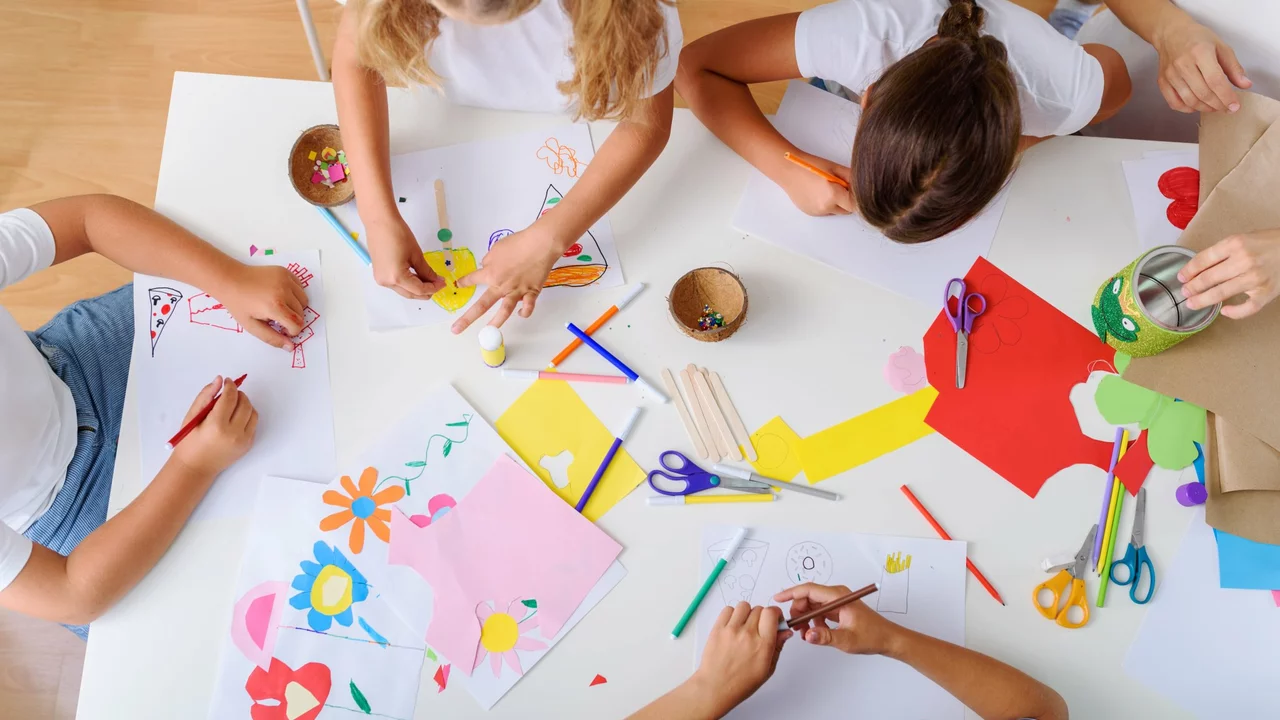Understanding Craft in Art
Before diving into the relevance of craft in education, it's essential to first understand what craft in art means. The term "craft" in art refers to a type of artwork that involves a high level of technical skill and manual dexterity. It's an art form that emphasizes the use of hands and tools in the creation process. From pottery and glass blowing to weaving and woodworking, craft art is broad and diverse.
The Role of Craft in Art
Craft plays a significant role in the world of art. It acts as a bridge between the artist and the viewer, providing a tangible form to the artist's vision. A crafted piece of art is not just a product of the artist's imagination, but also of their skill, patience, and hard work. It's a physical representation of their dedication to their craft, their attention to detail, and their passion for creation.
Relevance of Craft in Education
Now that we understand what craft in art is and its role, let's look at its relevance in education. Craft activities can provide hands-on learning experiences that engage multiple senses. They encourage students to think creatively, solve problems, and develop fine motor skills. Furthermore, they offer an outlet for self-expression and can boost self-esteem when students see the beautiful things they can create with their own hands.
Benefits of Teaching Craft in Schools
Teaching craft in schools has numerous benefits. It provides students with practical skills they can use outside the classroom. It also fosters a sense of achievement and satisfaction, as students can see the tangible results of their efforts. Additionally, craft activities can be therapeutic, helping students relax and reduce stress. They can also teach students about different cultures and traditions, as many craft forms have historical and cultural significance.
Integrating Craft into the Curriculum
Integrating craft into the curriculum can be done in various ways. For example, art classes can include units on different types of craft, such as pottery or knitting. Social studies classes can incorporate craft activities related to the cultures being studied. Even math and science classes can benefit from craft activities that illustrate key concepts. The possibilities are endless and can be tailored to fit the particular needs and interests of the students.
Incorporating Technology in Craft Education
With the advancement of technology, the way we teach craft in art is also evolving. Digital tools can be used to enhance the learning experience. For example, 3D printers can be used to create physical objects from digital designs, providing a modern twist on traditional crafts. Online tutorials can provide step-by-step instructions for various craft projects. Apps and software can also allow students to experiment with different designs before physically creating them.
Challenges and Solutions in Craft Education
Despite its benefits, teaching craft in schools can present certain challenges. For one, it can be time-consuming and require a lot of preparation. It might also require specialized tools and materials that can be expensive. However, these challenges can be overcome with proper planning and resourcefulness. For example, teachers can incorporate recycled materials into their craft projects to cut down on costs. They can also seek funding or donations from local businesses or arts organizations.
Conclusion: The Vital Role of Craft in Art Education
In conclusion, the craft in art plays a vital role in education. It provides students with a unique way to learn and express themselves, while also teaching them practical skills. Although it can present certain challenges, the benefits of teaching craft in schools far outweigh these. With creativity and resourcefulness, teachers can integrate craft into their curriculum and provide their students with an enriching and rewarding learning experience.
